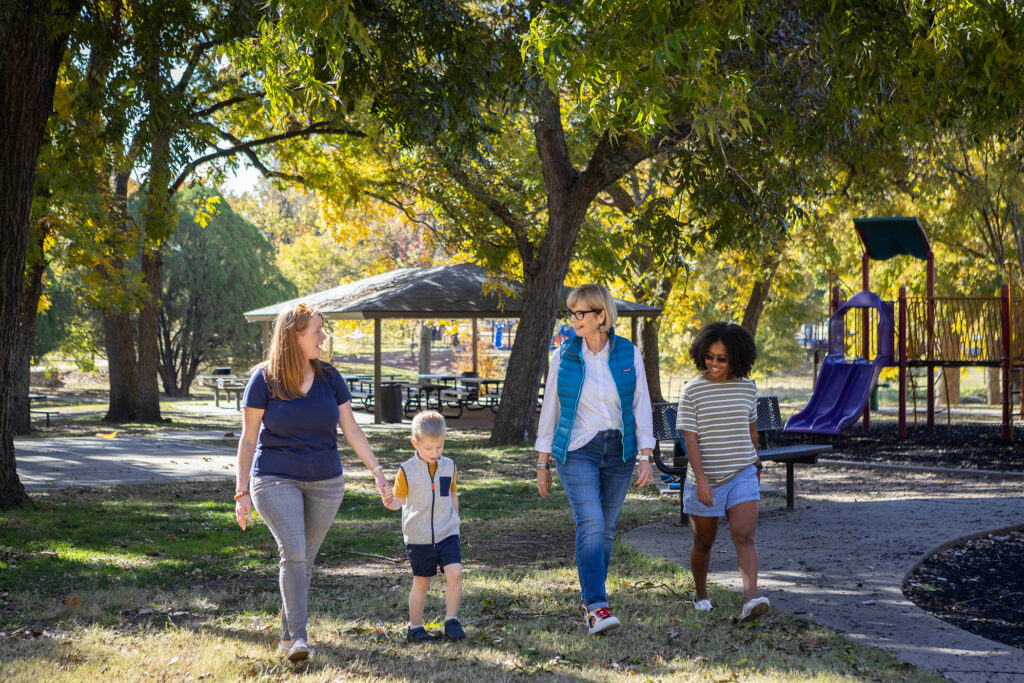
To address the pressing public safety concerns in Tulsa, this policy aims to enhance the effectiveness of our police force, provide comprehensive responses to mental health and homelessness issues, and ensure that every neighborhood feels secure and supported. This plan encompasses three key strategies: increasing police staffing, investing in alternative response teams, and fostering strong community partnerships.
Objective: To address the current understaffing of the Tulsa Police Department (TPD) and enhance overall public safety.
Objective: To enhance the effectiveness of mental health crisis response in Tulsa through improved coordination among the Alternative Response Team (ART), Integrated Response Team (IRT), Community Response Team (CRT), and Community Outreach Psychiatric Emergency Services (COPES).
Objective: To build trust and cooperation between law enforcement and the communities they serve, ensuring every neighborhood feels safe and supported.